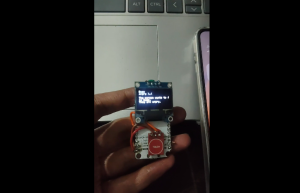NASA created a panorama image of our own galaxy, the Milky Way.
"If we actually printed this out, we'd need a billboard as big as the Rose Bowl Stadium to display it," Robert Hurt, an imaging specialist at NASA's Spitzer Space Science Center in Pasadena, Calif., said in a NASA Jet Propulsion Laboratory news release. "Instead, we've created a digital viewer that anyone, even astronomers, can use."
The 360-degree mosaic was created from over two million infrared images taken over the past decade by NASA's Spitzer Space Telescope; the image captures about three percent of the sky.
The Milky Way is shaped like a "flat spiral disc"; its center is densely packed with stars and extremely dusty. The dust makes peering into the center of the galaxy difficult with visible light, but the infrared light employed by Spitzer makes it possible.
"Spitzer is helping us determine where the edge of the galaxy lies," Ed Churchwell, co-leader of the GLIMPSE team at the University of Wisconsin-Madison, said in the news release. "We are mapping the placement of the spiral arms and tracing the shape of the galaxy."
The researchers used data from the Galactic Legacy Mid-Plane Survey Extraordinaire project (GLIMPSE) to create a map of the Milky Way; they discovered our home galaxy is actually larger than was previously believed. They also found that the galaxy is full of "bubbles," which are
"There are a whole lot more lower-mass stars seen now with Spitzer on a large scale, allowing for a grand study," Barbara Whitney of the University of Wisconsin-Madison, co-leader of the GLIMPSE team said in the news release. "Spitzer is sensitive enough to pick these up and light up the entire 'countryside' with star formation."
In the past the Spitzer team released a 130 degree image of the Milky Way.
WATCH:
© 2025 HNGN, All rights reserved. Do not reproduce without permission.








